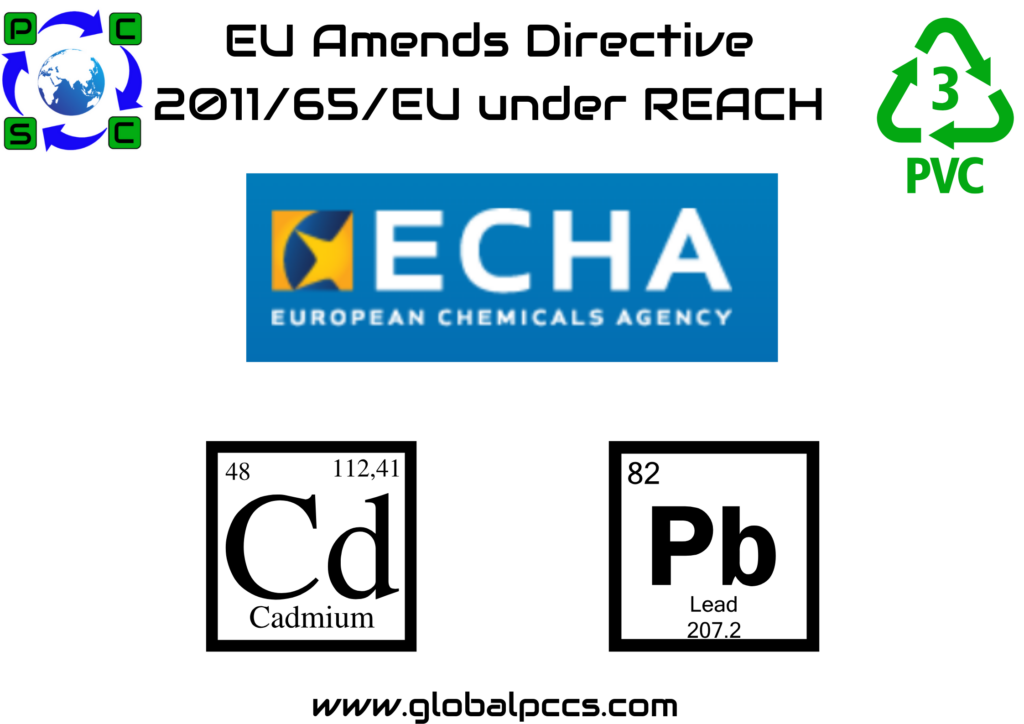 Introduction
Introduction
REACH is a regulation of the European Union, adopted to improve the protection of human health and the environment from the risks that can be posed by chemicals, while enhancing the competitiveness of the EU chemicals industry. It also promotes alternative methods for the hazard assessment of substances in order to reduce the number of tests on animals.
In principle, REACH applies to all chemical substances; not only those used in industrial processes but also in our day-to-day lives, for example in cleaning products, paints as well as in articles such as clothes, furniture and electrical appliances. Therefore, the regulation has an impact on most companies across the EU.
REACH places the burden of proof on companies. To comply with the regulation, companies must identify and manage the risks linked to the substances they manufacture and market in the EU. They have to demonstrate to ECHA how the substance can be safely used, and they must communicate the risk management measures to the users.
If the risks cannot be managed, authorities can restrict the use of substances in different ways. In the long run, the most hazardous substances should be substituted with less dangerous ones.
REACH stands for Registration, Evaluation, Authorisation and Restriction of Chemicals. It entered into force on 1 June 2007.
How does REACH work?
REACH establishes procedures for collecting and assessing information on the properties and hazards of substances.
Companies need to register their substances and to do this they need to work together with other companies who are registering the same substance.
ECHA receives and evaluates individual registrations for their compliance, and the EU Member States evaluate selected substances to clarify initial concerns for human health or for the environment. Authorities and ECHA’s scientific committees assess whether the risks of substances can be managed.
Authorities can ban hazardous substances if their risks are unmanageable. They can also decide to restrict a use or make it subject to a prior authorisation.
The European Commission issued Commission Delegated Directive (EU) 2024/232 on 25 October 2023, amending Directive 2011/65/EU of the European Parliament and of the Council. This amendment ensures a balance between environmental sustainability and consumer safety by recognizing the benefits of using recovered PVC in specific electrical and electronic applications. The Directive will enter into force on 30 January 2024 and Member States shall apply the provisions from 1 August 2024.
This amendment introduces an exemption for cadmium and lead in plastic profiles used in electrical and electronic windows and doors containing recovered rigid polyvinyl chloride (PVC). The exemption is based on a comprehensive technical and scientific assessment, including stakeholder consultations as required by Article 5(7) of Directive 2011/65/EU
Key Points of the Amendment:
- Background: Directive 2011/65/EU restricts the use of hazardous substances listed in Annex II in electrical and electronic equipment, including cadmium and lead. The restriction does not apply to applications listed in Annexes III and IV.
- Exemption Request: An application for an exemption for cadmium and lead in electrical and electronic windows and doors containing recovered PVC was submitted on 14 December 2015.
- Evaluation: A thorough technical and scientific assessment study was conducted to evaluate the requested exemption, taking into account the environmental, health, and consumer safety impacts.
- Scope: The exemption applies to electrical and electronic equipment falling under category 11 of Annex I to Directive 2011/65/EU (other electrical and electronic equipment).
- Environmental Considerations: The use of recovered PVC, despite containing lead and cadmium, is considered preferable due to its lower energy and natural resource requirements compared to virgin PVC. The exemption is in line with the principles of environmental and health protection.
- Limited Scope and Expiry Date: The exemption does not weaken the protection provided by Regulation (EC) No 1907/2006. The scope is in line with the relevant regulations, and the exemption will expire on 28 May 2028.
Specific details outlined in the newly added Annex III to Directive 2011/65/EU.
ANNEX III – Entry 46: Cadmium and Lead in Plastic Profiles









 Authorised IMDS & CDX Training & Consulting partner for
Authorised IMDS & CDX Training & Consulting partner for





